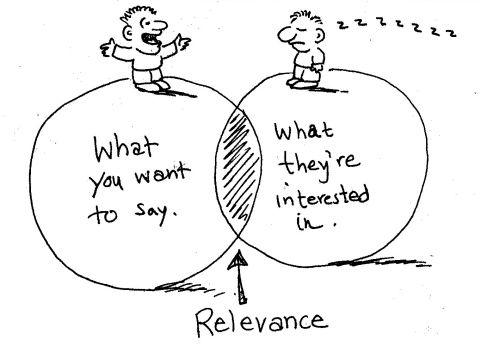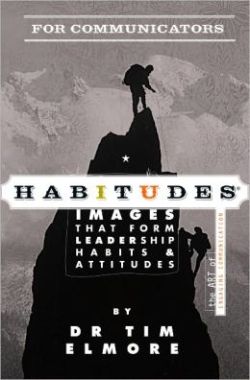
(How did Palpatine persuaded Anakin to cross over to the dark side?)
“If you only have a time limit of 5 to 7 minutes to persuade your audience, what would you do?”
Use this simple reminder: Pain or Pleasure. It applies to all forms of persuasive communication including copywriting.To MASTERMIND the whole persuasive conversation, Start by identifying and introducing the audience’s pain then ONLY we expose the solution, the problem solver, the pleasure. We are conditioned to avoid pain and seek pleasure. Between the two sensations, pain is the more powerful stimulant to action. So until you allow your audience to be aware of their pain, they will have no impetus to take any action.
So, what is the one thing that keeps them awake at night? What is one pain that if resolved, will make them a much happier person? Once you have identified that particular pain, help them to remember it. Recreate the scenario so that they can re-experience the pain, both physically and emotionally. When you have successfully brought your audience to that state, they will be begging you to offer them a remedy or a quick solution to rid them of the pain. In other words, the more successful you are in pushing their pain tolerance barrier, the less persuasion you will have to do in your speech!




